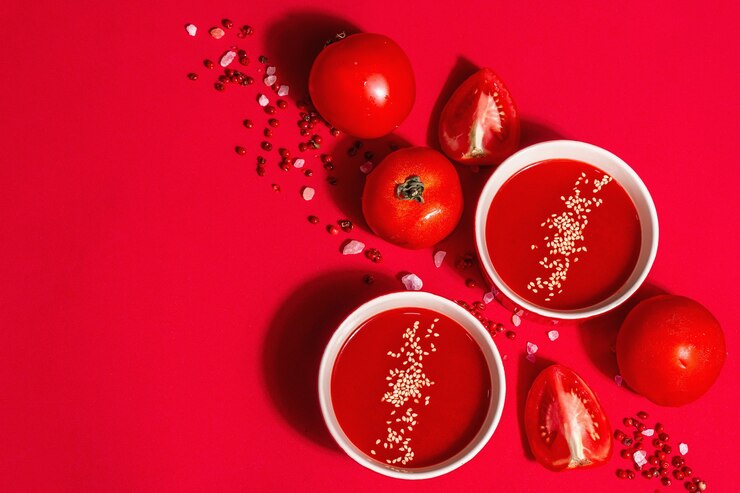The Food and Drug Administration (F.D.A.) recently banned the use of Red Dye No. 3 in drugs, foods, and beverages. More than three decades ago, this red dye food coloring was found to cause cancerous tumors in male laboratory rats.
Scientists use rats for biomedical research because of their physiological, anatomical, and genetic similarity to humans. Rats are mainly used because of their small size, genetic resources, and short life cycle.
This dangerous red dye caused cancer in male rats when tested more than three decades ago, and is just recently getting banned. Even after the red dye was shown to cause cancer in lab rats, it continued to appear on the ingredients list for popular snacks and grocery products, including Brach’s Candy Corn, Kellanova confetti cake Pop-Tart bites, Vigo Saffron Yellow Rice, and many other popular products found in grocery stores.
There are more than 9,200 dangerous food items that have red dye no. 3 in them, and hundreds of products made by big food companies that many people eat on an everyday basis.
Red dye no. 3 was first approved in 1907 and it is made from petroleum, chemically known as erythrosine. This dangerous red dye is used to give beverages and foods their famous cherry-red color. This red color makes the buyers want to get the foods with red dye no. 3, attracting them to these hazardous foods.
There is also another bad dye called Red No. 40 which has been linked to behavioral issues in young children. This Red No. 40 has not yet been banned yet because when tested, it was proven not to lead to any cancer to animals. Because it has not been proven to cause cancer, the F.D.A. has not yet banned it.
Food manufacturers who have Red Dye No. 3 in their products have until January 15, 2027 to reformulate their products. On the other hand, internal drug manufacturers have until January 18, 2028, which is an entire year longer than the food manufacturers are given.
However, this is not even the first time Red Dye No. 3 has been banned. It was banned back in 1990 by the F.D.A, in the cosmetic manufacturing industry (items used on the face such as lipstick, eyeshadow, etc…) because it had caused thyroid cancer in lab rats.
The F.D.A has also banned Red Dye No. 3 in externally used drugs. It is evident that the F.D.A is lagging behind on food bans relating to red dyes. New Zealand, the European Union, and Australia all have this dye banned in mostly food, cosmetics, and drugs.

